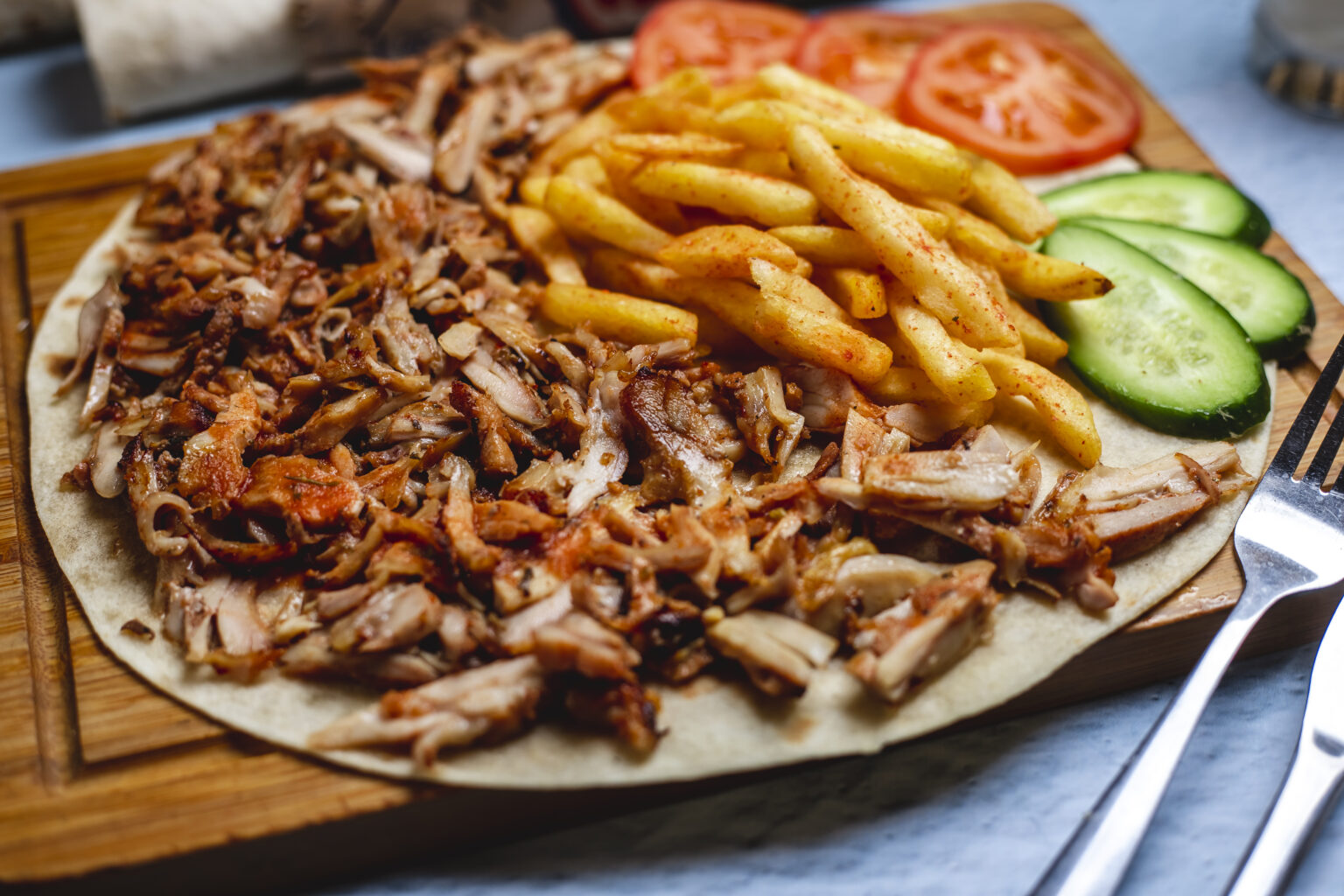Egypt, a land steeped in ancient history and vibrant culture, boasts a culinary heritage that is as diverse as it is delicious. Egyptian cuisine draws inspiration from various civilizations that have left their mark on the country, resulting in a fusion of flavors, spices, and ingredients. In this article, we will explore the top 10 most eaten foods in Egypt, offering a glimpse into the country’s rich gastronomic tapestry.
- Kushari: Kushari is a beloved Egyptian dish that represents the essence of comfort food. This vegetarian delight consists of a mix of rice, lentils, and macaroni, topped with a flavorful tomato sauce and garnished with crispy onions. The combination of textures and flavors makes Kushari a popular choice for locals and visitors alike.
- Ful Medames: Ful Medames is a staple dish in Egypt and is often enjoyed as a hearty breakfast. It is made from slow-cooked fava beans seasoned with garlic, lemon juice, and olive oil. The dish is typically served with traditional Egyptian bread and garnished with ingredients like chopped parsley, onions, and tomatoes.
- Ta’meya (Falafel): Ta’meya, known as falafel in many parts of the world, is a widely popular street food in Egypt. These deep-fried patties are made from ground fava beans or chickpeas mixed with herbs, spices, and onions. Ta’meya is often served in pita bread with tahini sauce, pickled vegetables, and salad, creating a satisfying and flavorful meal.
- Molokhia: Molokhia is a traditional Egyptian soup made from the leaves of the jute plant. The leaves are finely chopped and cooked with garlic, coriander, and sometimes meat such as chicken or rabbit. The resulting soup has a thick, viscous texture and is typically served with rice or Egyptian bread.
- Shawarma: Shawarma, a Middle Eastern favorite, has gained immense popularity in Egypt. It consists of marinated slices of meat, commonly beef or chicken, that are slow-roasted on a vertical spit. The succulent meat is thinly sliced and served in a warm pita bread with tahini sauce, vegetables, and sometimes pickles, creating a flavorful and satisfying sandwich.
- Koshari: Koshari, similar in name to Kushari but distinct in preparation, is a hearty Egyptian dish that combines rice, lentils, chickpeas, and vermicelli pasta. It is topped with a spiced tomato sauce and crispy onions. Koshari is often garnished with a tangy vinegar-based dressing and served with a side of chili sauce.
- Hawawshi: Hawawshi is a delicious Egyptian street food that is reminiscent of a meat-filled pastry. It is made by stuffing pita bread with a mixture of ground beef or lamb, onions, and aromatic spices. The bread is then baked or grilled until crispy on the outside and juicy on the inside, resulting in a satisfying and flavorful treat.
- Fattah: Fattah is a traditional Egyptian dish that is typically served during special occasions and celebrations. It consists of layers of toasted or fried bread, rice, and cooked meat (such as lamb or beef), all topped with a flavorful tomato-based sauce and garnished with garlic, vinegar, and crispy onions.
- Mahshi: Mahshi refers to a variety of stuffed vegetables, such as bell peppers, zucchini, eggplant, and vine leaves. The vegetables are hollowed out and filled with a mixture of rice, minced meat, herbs, and spices. They are then cooked until tender and served with a tangy tomato sauce or yogurt.
- Basbousa: Basbousa is a popular Egyptian dessert made from semolina, sugar, yogurt, and flavored with rose water or orange blossom water. The mixture is baked until golden brown and then soaked in a sweet syrup, often infused with lemon or cardamom. Basbousa is a delightful and indulgent way to end a meal.
Egyptian cuisine offers a delightful journey through flavors, textures, and cultural traditions. From the hearty Kushari to the aromatic falafel and the comforting Molokhia, the top 10 most eaten foods in Egypt reflect the country’s rich culinary heritage. Exploring these dishes allows for a deeper appreciation of Egypt’s diverse gastronomic tapestry, offering a taste of its vibrant culture and the warm hospitality of its people.








